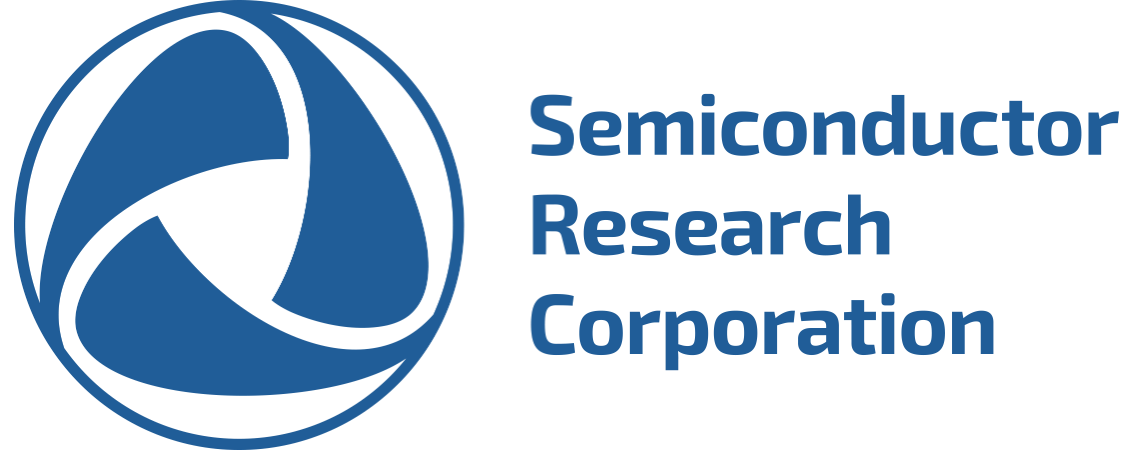Staying on the path
Neuro-inspired computing faces three key challenges: 1) Reducing energy per bit—how to produce reliable results with unreliable hardware? 2) Creating algorithms to solve problems currently only solved by the human brain. 3) How to port algorithms between substantially different architectures.
We propose an approach that addresses aspects of all three challenges: "path following", also known more specifically as homotopy continuation. Some problems can be converted into a form where the difficult-to-compute solution and an easy-to-find approximation share the same surface embedded in a higher-dimensional space, typically a 1D manifold. Using classic predictor-corrector techniques, we can search along the manifold until arriving at the true solution.
Because the current estimate lies within an attractive basin in the space, it is naturally resilient to noise, addressing the first challenge noted above. Path following is mathematically related to the adaptive dynamical systems proposed by W. Ross Ashby as a model of learning in the brain, making it a strong candidate for a general neuro-inspired computing approach, addressing the second challenge. Finally, path following was originally developed for conventional numerical computing, and it can be easily implemented with memristor crossbars. It is likely to be applicable to spiking systems as well, making it a potential solution to the third challenge.


